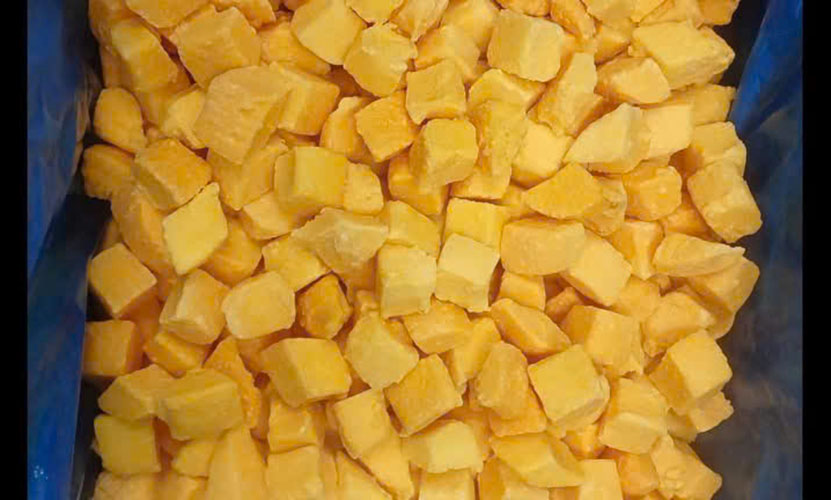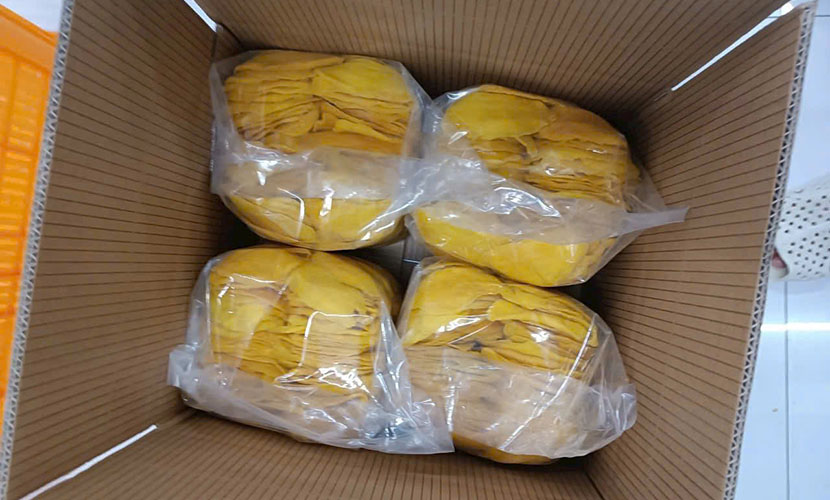
In the first five months of 2025, Vietnam’s mango exports reached $212 million, up 10.5% year-on-year. Mango remained among the country’s top ten fruit and vegetable export items.
According to preliminary data from the Customs Department, Vietnam’s mango exports in May reached $41.1 million, up 15.5% compared to May 2024. In the first five months of the year, Vietnam earned $212 million, an increase of 10.5% year-on-year.

Vietnam’s mango exports
Notably, Vietnamese mango export market share rose to 9.23%. This figure reflected the positive and stable growth momentum of this fruit within the fruit and vegetable sector.
Mango consistently ranks among the top ten fruit and vegetable export items of Vietnam. Beyond being a key agricultural product in terms of value, mango also plays an important role in expanding markets. In addition, Vietnam’s mango enhances the image of Vietnamese agricultural products on the international stage.
Notably, Vietnamese mango accounts for up to 97% of China’s imported mango market, far surpassing other competitors. Thailand, once a major supplier to China, has now fallen to fifth place. Beyond China, Vietnamese mango has reached over 30 countries, including demanding markets such as Japan and South Korea.
This expansion of the distribution network demonstrates the growing production capacity and mango quality. It is particularly important in the context of increasingly strict global requirements for traceability and food safety.

Frozen mango from Vietnam
According to experts, one factor that gives Vietnamese mango exports a competitive edge is its attractive pricing. The average export price of Vietnam’s mango exports is only around $700 per ton. It is significantly lower than that of countries such as Thailand, Peru, Australia, or the Philippines. This appealing price is largely due to low logistics costs and Vietnam’s geographic proximity to China, enabling easier access to the world’s most populous market.
Also, Vietnamese mangoes are attractive thanks to its consistent quality and flexible seasonality. In particular, specialty varieties such as Cat Chu, with their fragrant aroma and rich sweetness, are suitable for Chinese consumers.
In recent years, demand for mango in China has grown rapidly. Notably, consumers increasingly favored tropical fruits for both the fresh and processing markets. At the same time, China often faced supply shortages during the off-season. As a result, it played an important role of supplementary source to help stabilize the domestic market.
Vietnam currently produces around 1 million tons of mangoes annually. Vietnam’s mango exports have their presence in China and demanding markets such as the United States, Japan, South Korea, and the Netherlands.

Dried mango from Vietnam
Notably, nearly 2,000 hectares of mango in the Mekong Delta have obtained Vietgap and Globalgap certification, meeting China’s strict standards. In addition, Vietnam has an advantage in off-season mango production. It allows taking price advantages on the period when China faces supply shortages.
However, from May onwards, when China’s domestic mango season begins, demand for Vietnamese mango imports starts to decline, leading to a sharp drop in domestic prices. At peak periods, some medium-quality mango varieties fall to just a few thousand dong per kilogram, making it difficult for farmers to sell their produce and recover costs.
To better tap the potential of this sector, the Ministry of Agriculture and Rural Development has set a goal to expand Vietnam’s mango cultivation area to 140,000 hectares by 2030, achieving an output of 1.5 million tons and raising mango export revenue to $650 million—more than triple the current level.
Vietnamese source: https://giaothuong.congthuong.vn/xuat-khau-xoai-khoi-sac-giu-vung-vi-the-nong-san-chu-luc-410015.html
